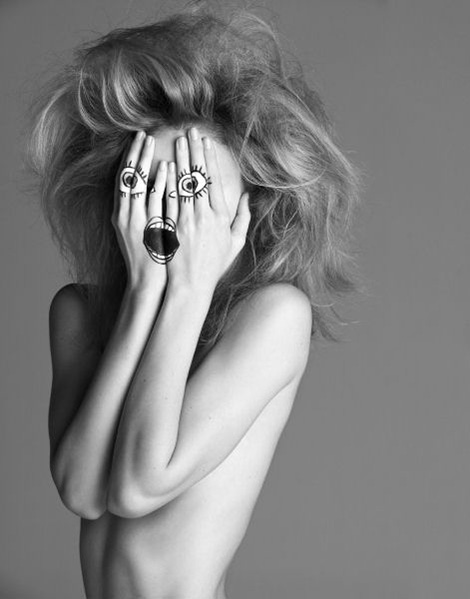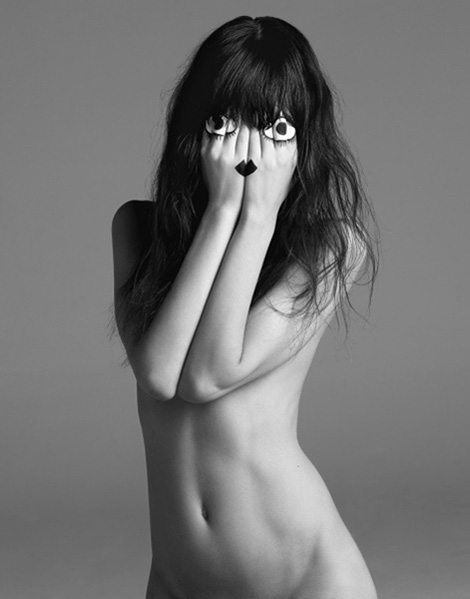Interesting take on fashion photography!
Tag Archives: Ashley Garrels
Reading Responses (Multiple)
Following another students’ lead, I’m going to combine a few of these responses.
Reproductive Processes & Tools P. 251-314:
A classic reading, it’s always nice to review the ways to process black and white film. Reviewing the processing times is especially important, as I have had a few mishaps with wrongly estimated processing times.
Editing, Presentation & Evaluation: Theory 4A: Series and sequence P. 319-346:
This reading was very helpful during the Body Narrative project, in the way that it describes the powerful possibilities of creating a narrative. The sentence that most resonated with me was, “Photographs arranged in deliberate sequences direct the view to view each image in a specific patter, and often have a narrative dimension, even if that narrative is oblique or purely poetic.” (320) I also found it interesting, the slightly scientific explanations for how our eye fills in the gaps or “space” between each exposure. The sequence is an effective way of portraying a narrative and something I’d like to continue to explore in my own work.
Editing, Presentation & Evaluation: Theory 4A: Series and sequence P. 337-346:
I found the discussion about 35 mm slides very interesting in this reading. It’s funny to think of slides being a controversial means of exhibiting work in galleries in the early 1960s. This spin on displaying photos as a slideshow is interesting because of the nostalgic, home-video quality that 35mm slide shows generally have today. I also liked the bit about photographs being arranged in a sequence as presenting the illusion of motion. (It even discussed flip books!)
Light & Shadow: Theory P. 107-131:
This reading was jampacked with really interesting theories about light. It was good to reread Plato’s Allegory of the Cave, from a more photographical standpoint than I’ve read it before. It was also interesting (pages 110-111) to think of dark blacks without contrast, as a void. There were comparisons also to Malevich’s Suprematist paintings, which is a fun tie in to art history concepts. Light and shadows are inevitably mysterious and mystical, and this reading displayed it well.
Light & Shadow: Practice P. 137-162:
This reading reminded me of the struggles and small success of my first time working in the light studio. It discussed the different directions of lighting, the temperatures of light, and the ways light affects a subject. I’m not too familiar with technical light as I prefer to use natural light, so it is good to review lighting method slight strobes, external flashes, and hotlights.
Reproductive Process: Theory P. 169-204:
This reading makes me think of the challenges that happened while trying to make 40 identical pieces for 290’s portfolio exchange. Identical, is of course impossible, but trying to stay true to the “original” work was still very difficult. I like the quote from Walter Benjamin, saying, “From a photographic negative, for example, one can make any number of prints; to ask for the “authentic” print makes no sense.” Working in the darkroom has really made it apparent how important each print is, even if many multiples are made.
Angex
Image
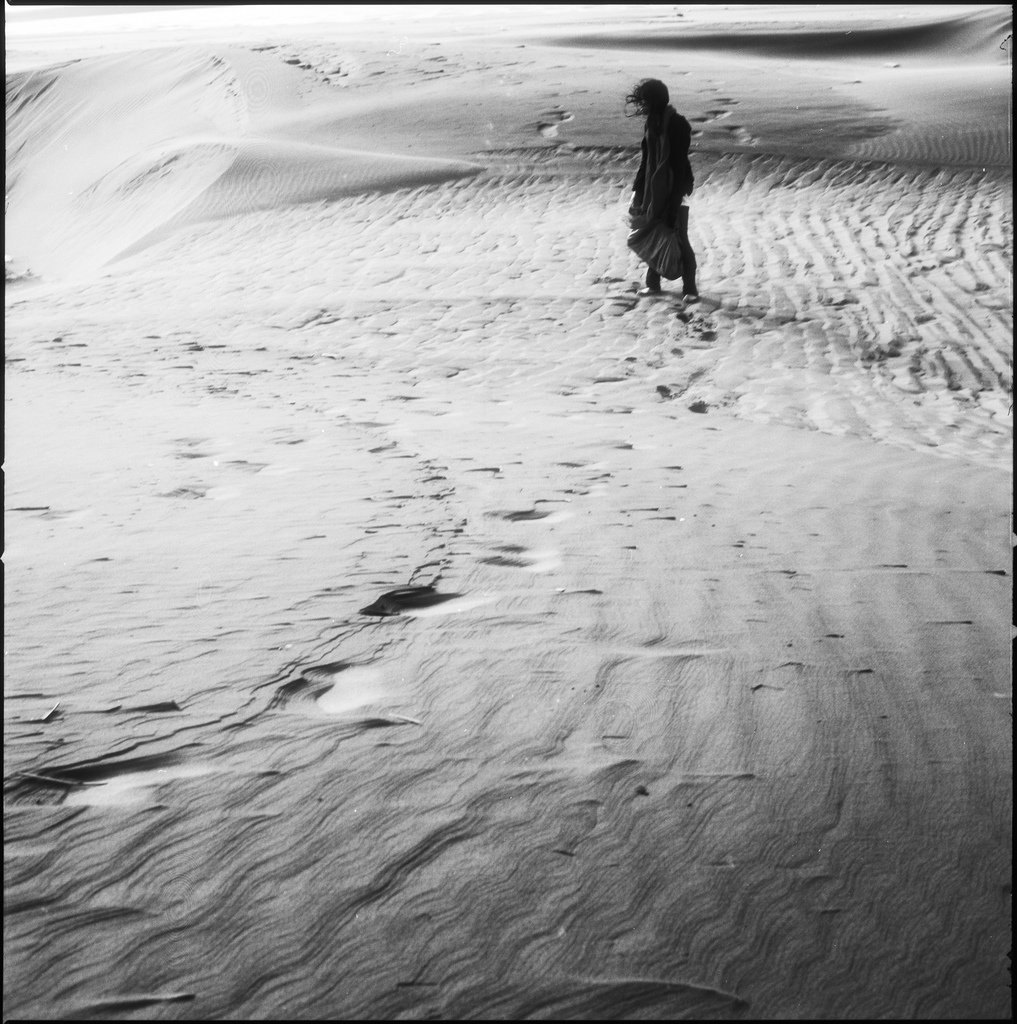
Found the intriguing Hasselblad work of “Angex” on his flickr site, which can be found here: http://www.flickr.com/photos/angex/
Reading Response: Of Mother Nature and Marlboro Men
Deborah Bright’s introduction to this article struck me, in particular when she described certain areas (Lake Tahoe, Lake Wobegon) as representing quintessentially American scenes. It can often be so obvious where a photo depicting rolling red cliffs came from (perhaps Utah, Arizona, New Mexico?) compared to the moody, dramatic green landscape of say, Iceland. This universal feel of landscapes grounding us in a specific place and time is very interesting, and I like that Bright described it this way. I also love the background of the word “landscape”, especially because I’ve never really questioned its origin before. Bright’s article was informative but with enough wit and hook to keep my interest!
Duane Michals
Image
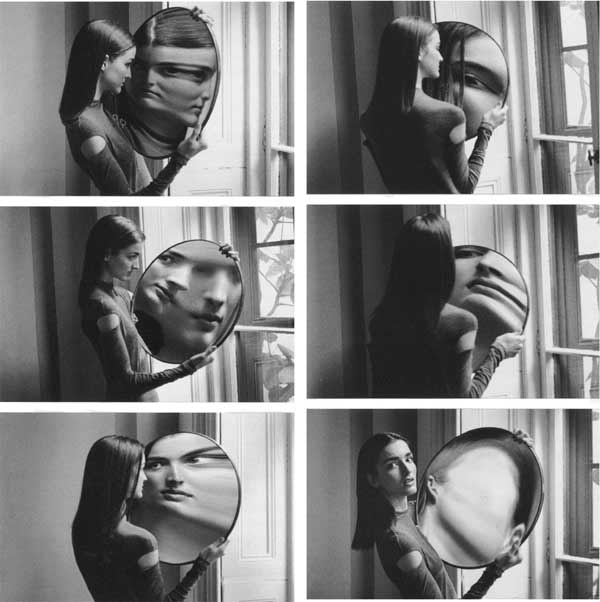
I was very inspired by the Duane Michals presentation, especially his work with series and storyboard-esque photos. I love the distortion and mystery in this photo!
Caiti Burusso
Image
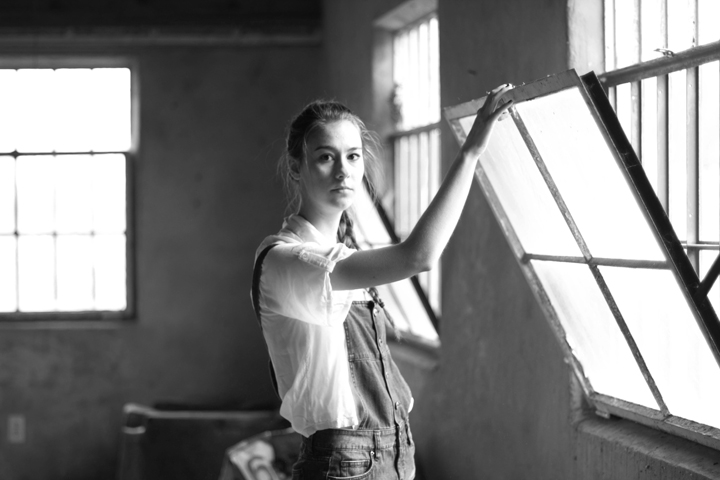
Caiti uses such a strong sense of narrative in all her photos. She’s great at tying images together with a common thread, but leaving you with a different emotion while viewing each shot.
Here’s her blog!
Alex Stoddard
Alex Stoddard is an incredibly talented photographer based in the South, whose portraits are dramatic and stirring. If you need some portrait inspiration, you’ll spend at least an hour looking through his stream!
Here’s a link to his flickr page.
Wanderlust
If you’re in the mood for travel, but can’t actually afford it (college life), check out the wonderful photos of Kristine May, a Californian with a serious case of wanderlust.
You can see her photos on flickr!
Good for your eyes
Found this wonderful accumulation of photos on the blog BippityBoppityBoo. If you need a few hours of eye stimulation in between studying for finals, this is a good place to go!
Reading Response 2: Light and Shadow
I appreciated the Allegory of the Cave reference that Plato attributed to the “unknown”, and the way it caught my interest as a chapter opening. The common theme in the reading, that light is mysterious and partially a void, reminds me what photographer Diane Arbus stated, “A photograph is a secret about a secret. The more it tells you, the less you know.” This mysterious quality to light and shadows is so intriguing, and has kept our interest since photography’s beginnings. I like what photography historian John Bloom wrote about shadows, saying “…Belief in their magical powers was connected to their sun-origin and their ability to evoke significant form.” I had never really thought of shadows as similar to negative space, and I found this connection really interesting. I also enjoyed reading about the typical symbolism between light and dark, the good and evil references we associate with tones.

